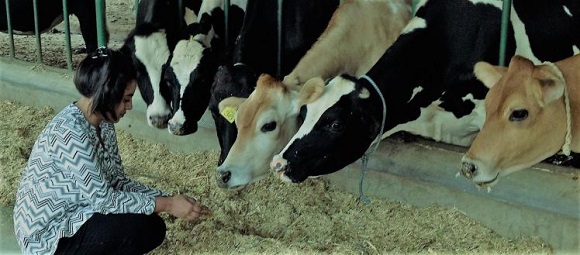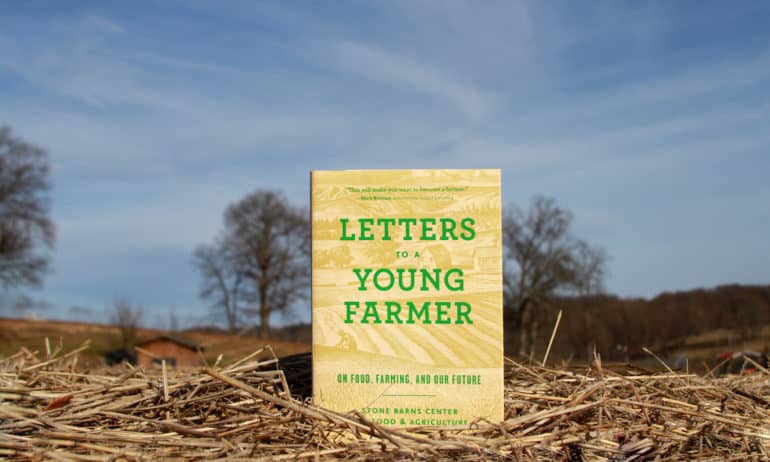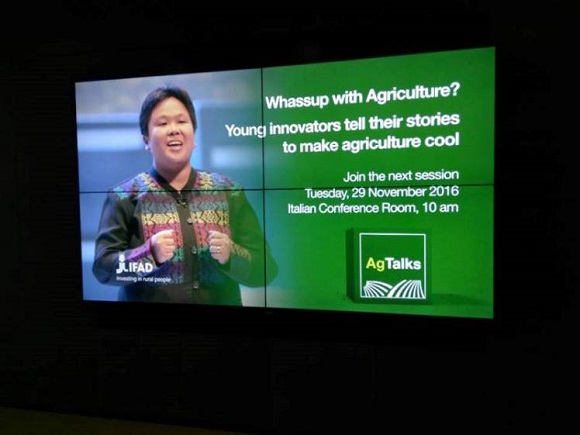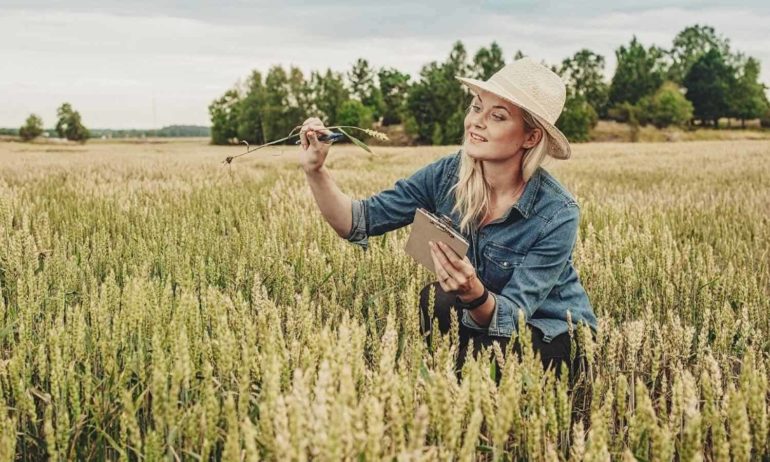
Highlights

Busy, busy, busy…This quarter has been huge for our young agripreneurs in the GFAR-YPARD Young Agripreneurs Project. It’s now 10 months on since they thrilled the audiences at GCARD3 with their enthusiasm, drive and energy in describing their projects. These have all started with the young agripreneurs matched with mentors, engaged in coaching and training, and utilizing their seed funding aligned with their business plans. There have been the inevitable ups and downs – all part of being a young agripreneur and it’s great to see that they are all on track and embracing the challenges and opportunities that the YAP project has offered.

Busy, busy, busy…This quarter has been huge for our young agripreneurs in the GFAR-YPARD Young Agripreneurs Project. It’s now 10 months on since they thrilled the audiences at GCARD3 with their enthusiasm, drive and energy in describing their projects. These have all started with the young agripreneurs matched with mentors, engaged in coaching and training, and utilizing their seed funding aligned with their business plans. There have been the inevitable ups and downs – all part of being a young agripreneur and it’s great to see that they are all on track and embracing the challenges and opportunities that the YAP project has offered.
 Learn from Cam Pauli on how he has used social media to support his business.
Learn from Cam Pauli on how he has used social media to support his business.
In August 2013, my wife and I took the first step toward escaping desk-job drudgery. At the time, she worked as a nutritionist; I managed social media for a national TV network. Neither of us had experience in agriculture, but with Brielle’s food knowledge and my green thumb, we decided to try farming vegetables on our land.

Busy, busy, busy…This quarter has been huge for our young agripreneurs in the GFAR-YPARD Young Agripreneur Project. It’s now 10 months on since they thrilled the audiences at GCARD3 with their enthusiasm, drive and energy in describing their projects. These have all started with the young agripreneurs matched with mentors, engaged in coaching and training, and utilizing their seed funding aligned with their business plans. There have been the inevitable ups and downs – all part of being a young agripreneur and it’s great to see that they are all on track and embracing the challenges and opportunities that the YAP project has offered.
 Stone Barns Center for Food and Agriculture just released Letters to a Young Farmer, a book which compiles insight from some of the most influential farmers, writers, and leaders in the food system in an anthology of essays and letters.
Stone Barns Center for Food and Agriculture just released Letters to a Young Farmer, a book which compiles insight from some of the most influential farmers, writers, and leaders in the food system in an anthology of essays and letters.
The United States is on the cusp of the largest retirement of farmers in U.S. history, with more farmers over the age of 75 than between the ages of 35 and 44. Letters to a Young Farmer aims to help beginning farmers succeed through advice and encouragement, while inspiring all who work in or care about the food system. Among the 36 contributors to the book are thought leaders Barbara Kingsolver, Bill McKibben, Michael Pollan, Dan Barber, Temple Grandin, Wendell Berry, Rick Bayless, and Marion Nestle. I was honored to contribute to the book as well!

Busy, busy, busy…This quarter has been huge for our young agripreneurs in the GFAR-YPARD Young Agripreneurs Project. It’s now 10 months on since they thrilled the audiences at GCARD3 with their enthusiasm, drive and energy in describing their projects. These have all started with the young agripreneurs matched with mentors, engaged in coaching and training, and utilizing their seed funding aligned with their business plans. There have been the inevitable ups and downs – all part of being a young agripreneur and it’s great to see that they are all on track and embracing the challenges and opportunities that the YAP project has offered.
Busy, busy, busy…This quarter has been huge for our young agripreneurs in the GFAR-YPARD Young Agripreneurs Project. It's now 10 months on since
 On average, women represent 43 percent of the world’s agricultural labor force and 47 percent of the global fisheries labor force, according to the Food and Agriculture Organization of United Nations (FAO). These hard-working women produce more than half of the world’s food, despite being less than half of the labor force. Additionally, women account for 60 to 80 percent of food production in developing countries. A crop yield gap of about 20-30 percent between male and female farmers is largely due to differential access to resources and inputs. In fact, if the world’s women farmers had the same access to resources as men, 150 million people could be lifted out of poverty, according to the FAO. Women fill this gap by working up to 13 hours per week longer than men in agriculture.
On average, women represent 43 percent of the world’s agricultural labor force and 47 percent of the global fisheries labor force, according to the Food and Agriculture Organization of United Nations (FAO). These hard-working women produce more than half of the world’s food, despite being less than half of the labor force. Additionally, women account for 60 to 80 percent of food production in developing countries. A crop yield gap of about 20-30 percent between male and female farmers is largely due to differential access to resources and inputs. In fact, if the world’s women farmers had the same access to resources as men, 150 million people could be lifted out of poverty, according to the FAO. Women fill this gap by working up to 13 hours per week longer than men in agriculture.
“Women are the priority. The majority of smallholder farmers in Africa are women and, in urban areas, you’re primarily looking at women-led households. So we can’t solve hunger if we don’t have gender-sensitive programming that addresses access to opportunities for women, whether it’s through education or tools for cooking, like solar-powered stoves,” says Ertharin Cousin, executive director of the U.N. World Food Programme.
第 15 页 共 110 页


